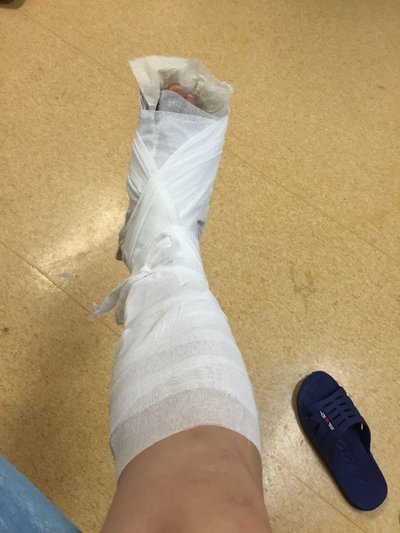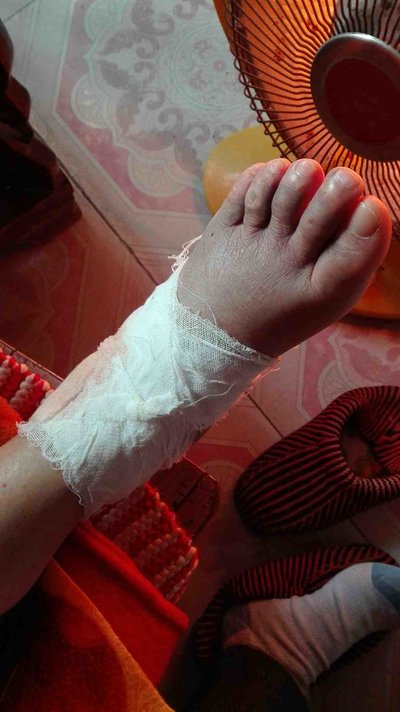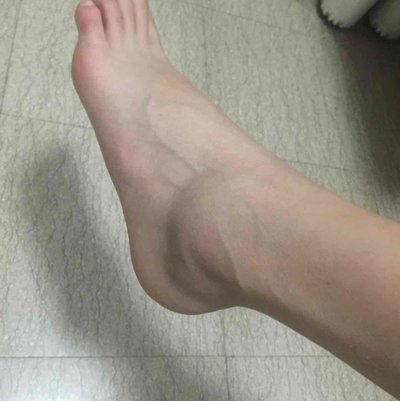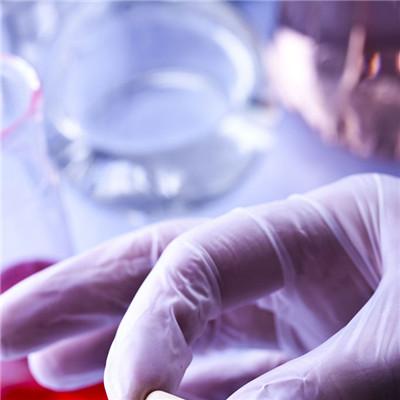What symptom reaction is fracture commonly?
summary
It's hard to avoid bumps in life. Sometimes it doesn't hurt much, but sometimes it's very serious, such as fracture. Sometimes fracture may cause lifelong disability. Fracture refers to the complete or partial fracture of bone structure, which is more common in children and the elderly, and sometimes occurs in young and middle-aged people. The common symptom of fracture is one site fracture, and only a few are multiple fractures. Now let's talk about what is the general symptom reaction of fracture?
What symptom reaction is fracture commonly?
Pain and tenderness: there will be different degrees of pain and tenderness during fracture, and the most obvious is at the fracture site. Because the tip of the fracture can stab the blood vessels and nerves of the surrounding tissues, the pain is aggravated during the activity.

Swelling and ecchymosis: after fracture, it often causes damage, swelling and ecchymosis of surrounding tissue. The skin may appear cyan and purple ecchymosis, but the local swelling of deep fracture, such as femoral neck fracture, is not obvious.

Deformity: due to the effect of external force, muscle traction, and the weight of the limb or bone itself, the fracture end may have obvious displacement, resulting in the corresponding deformity of the injured limb. If you touch it with your hand, you will often feel uneven. If you press it, you will have severe pain.

matters needing attention
After fracture, the fracture site may appear swelling due to blood injury and blockage of meridians. If there is more bleeding in the fracture area, the plaque will form under the skin. If the myofascial part of the fracture is complete, but the blood can not seep out under the skin, it will affect the arterial blood perfusion, and then it will cause muscle ischemia, hypoxia, and even muscle necrosis.














